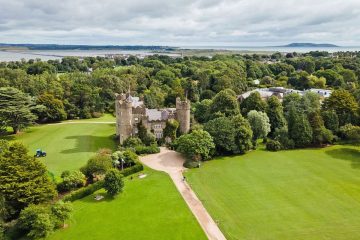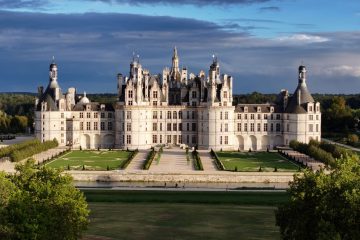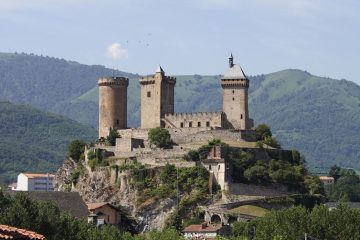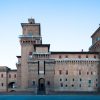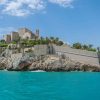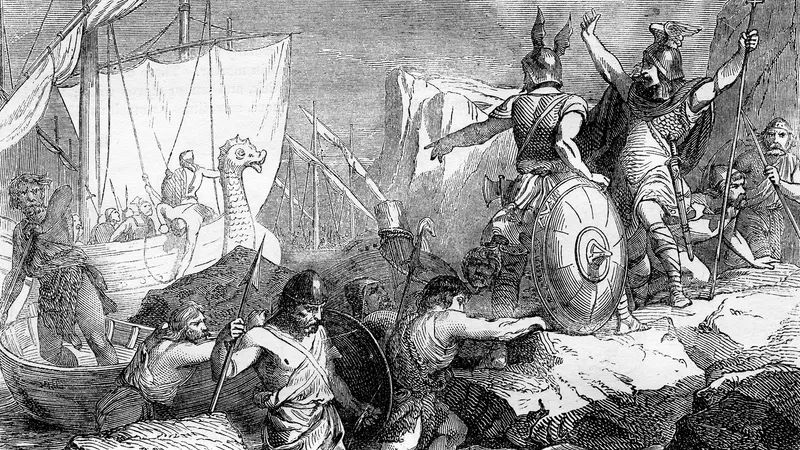
The legacy of Ivar the Boneless in European castles
The figure of Ivar the Boneless has been one of historical intrigue and mystery. Associated with the Viking Age, Ivar the Boneless played a significant role in shaping the history of Europe. His legacy can be traced through numerous castles and fortresses across the continent. The stories and structures linked to Ivar provide a captivating glimpse into the past, offering insights into the Viking era’s influence on European architecture and culture.
Who was Ivar the Boneless?
Ivar the Boneless, a legendary Viking leader, was one of the sons of Ragnar Lothbrok, a famed Norse hero. His nickname, “the Boneless,” has been subject to various interpretations, ranging from a condition that left him physically impaired to a reference to his flexibility and strategic prowess in battle. Despite the ambiguity surrounding his name, it is universally acknowledged that Ivar the Boneless was a formidable warrior and leader.
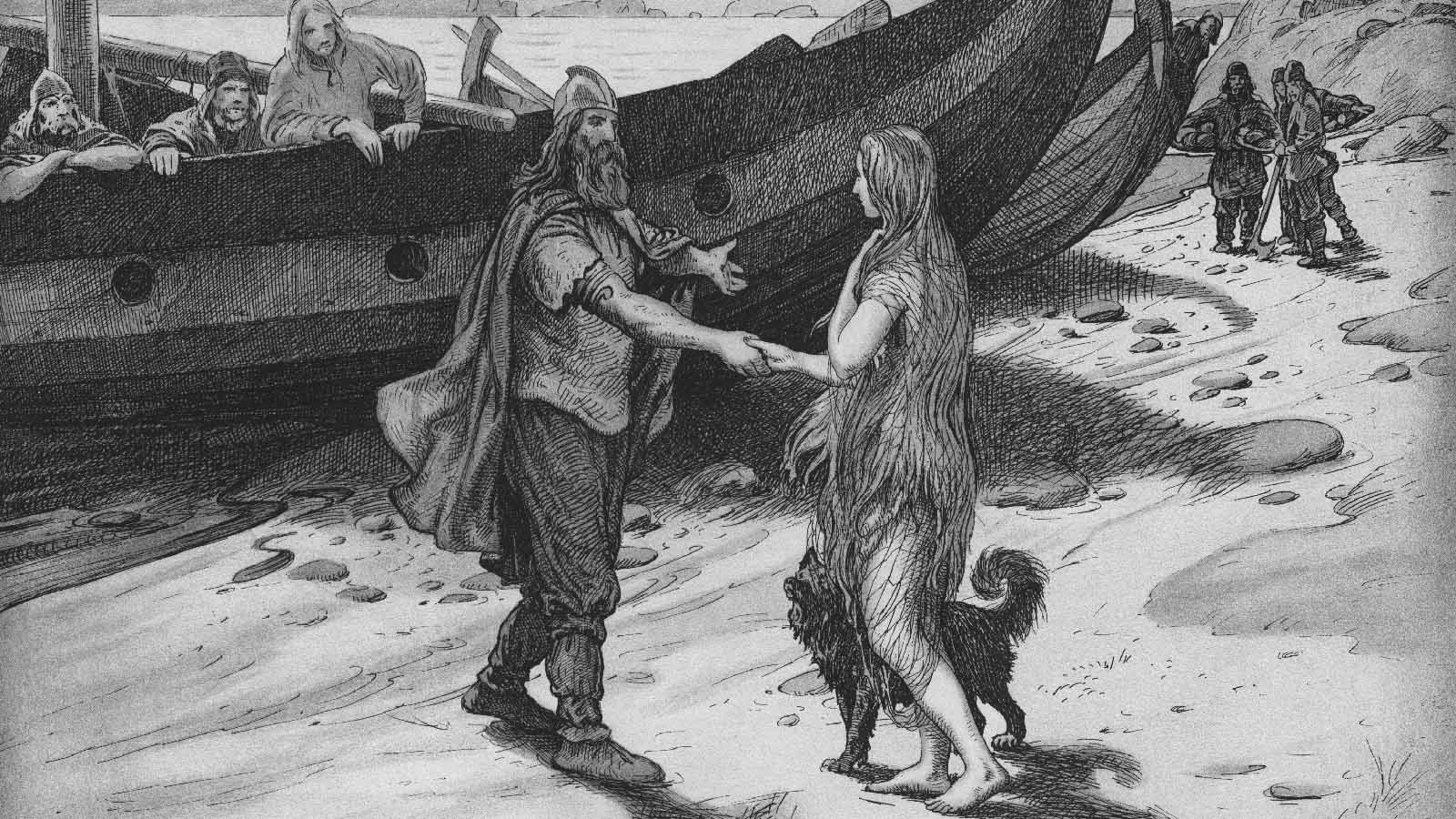
Ivar the Boneless and his conquests
During the 9th century, Ivar the Boneless led the Great Heathen Army in invasions across the British Isles. These invasions left a lasting impact on the regions, influencing the development and construction of numerous castles and fortresses. The strategic locations of these castles often coincided with sites of significant Viking activity, reflecting the Norsemen’s military acumen and their enduring legacy.
Castles associated with Ivar the Boneless
Several castles across Europe are linked, directly or indirectly, to the exploits of Ivar the Boneless. These castles serve as historical markers of Viking presence and influence.
York Castle, England
One of the most notable castles associated with Ivar the Boneless is York Castle. York, known as Jorvik during the Viking Age, was captured by the Great Heathen Army in 866 AD under Ivar’s leadership. This conquest established a significant Viking presence in northern England. The remains of York Castle, including Clifford’s Tower, stand as a testament to this era of Viking dominance and integration.
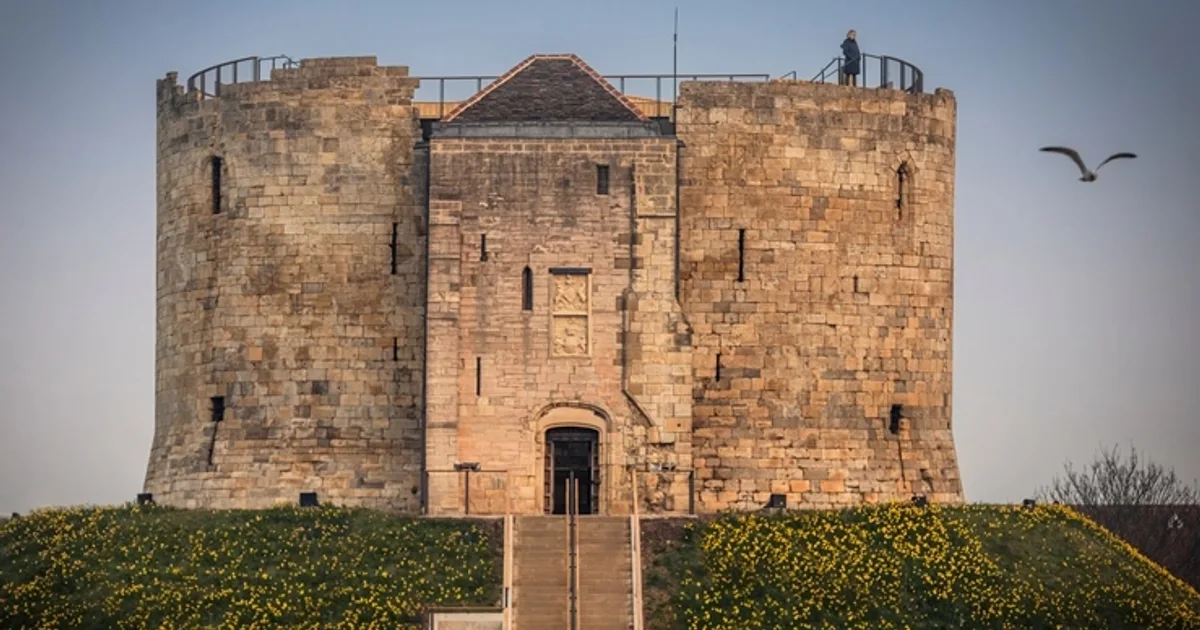
Nottingham Castle, England
Another significant site is Nottingham Castle. In 868 AD, Ivar, alongside his brothers, captured Nottingham, solidifying the Vikings’ control over the region. The site of Nottingham Castle has since seen numerous reconstructions, yet its historical significance remains deeply tied to the Viking Age and the strategic mind of Ivar.

Dublin, Ireland
Although not a castle in the traditional sense, the fortified city of Dublin was established by the Vikings in 841 AD. Ivar and his kin were instrumental in its development as a prominent Norse settlement. The city’s fortifications and structures reflect the architectural and cultural impact of the Vikings, with Ivar’s influence evident in its early development.
The architectural legacy
Ivar the Boneless’s architectural legacy intertwines with the broader Viking influence on European castles. Viking fortifications often occupied strategic locations on elevated ground or near waterways, providing both defense and control over trade routes. The techniques and styles introduced by the Vikings influenced the construction of later medieval castles.
The motte-and-bailey design, for example, though prevalent in Norman architecture, bears similarities to earlier Viking fortifications. The use of wooden palisades, ditches, and earthworks were common features in Viking defensive structures, which were adapted and evolved in the construction of medieval castles.
Viking influence on European culture
The influence of Ivar the Boneless and his Viking compatriots extended beyond architecture. The cultural exchanges that occurred due to Viking conquests and settlements enriched European societies. Viking customs, language, and art merged with local traditions, creating a unique cultural tapestry still visible today.
In regions where Vikings settled, such as northern England and Ireland, Norse mythology and folklore became interwoven with local legends. This cultural blending is reflected in the art and literature of the period, with Viking motifs and themes appearing in various forms.
Preserving the legacy of Ivar the Boneless
Efforts to preserve the legacy of Ivar the Boneless and the Viking Age are evident in numerous archaeological projects and historical societies. Excavations at sites like York and Dublin continue to uncover artifacts that shed light on Viking life and influence. These discoveries deepen our understanding of the past and ensure we remember and appreciate the legacy of figures like Ivar the Boneless.
Museums and heritage centers dedicated to Viking history provide valuable resources for learning and exploration. Preserving and presenting these historical narratives reminds us of the significant impact Ivar the Boneless and his Viking brethren had. Their influence played a crucial role in shaping the course of European history.
Final thoughts
The enduring legacy of Ivar the Boneless is evident in the castles and fortresses that dot the European landscape. These structures serve as tangible reminders of the Viking Age and its influence on the development of Europe. By preserving and studying these historical sites, we gain a deeper appreciation for this complex and fascinating history. People continue to recognize and celebrate his contributions to European heritage.

